


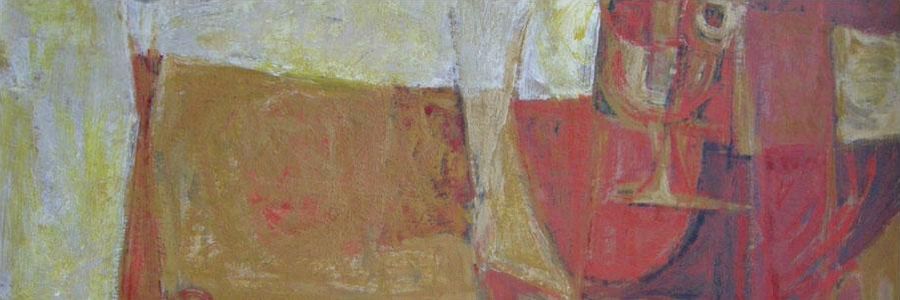
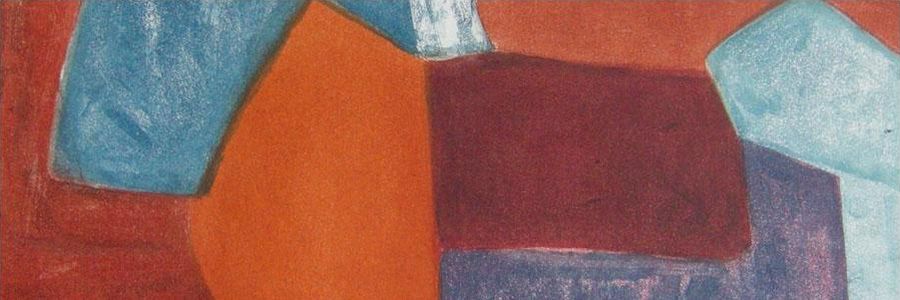

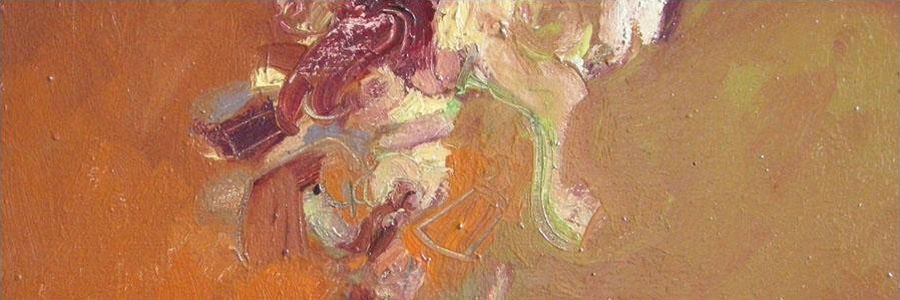
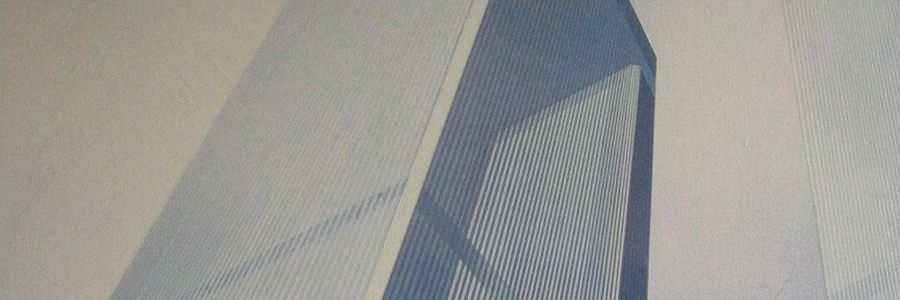
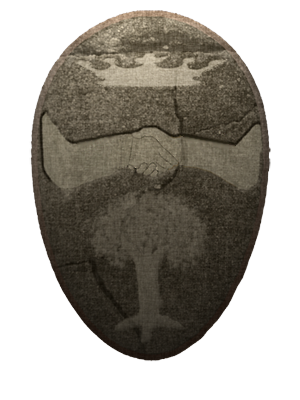

Herbert Hardy WigglesworthHerbert Hardy Wigglesworth (Scottish 1866-1949) Herbert Hardy Wigglesworth was born in Belfast in 1866, the son of Alfred Wigglesworth who started out as a 'warehouseman fancy' and his wife Selina. The family moved from Northern Ireland where all the children were born to Aberdeen at some point after 1873 and before 1881 when his father was the manager of a linen works there. By 1901 the family business had moved to Dundee and imported jute and sisal from West Africa. There was still a company trading under the name 'Wigglesworth' in about 1915.
Herbert Hardy Wigglesworth was articled in September 1883 to Matthews & Mackenzie of Aberdeen in whose office he had the advantage of working alongside the brilliant draughtsman Alexander Mackintosh. He remained with the Mackenzies for four months before following Mackintosh to London early in 1889, where he became an assistant to Ernest George and Harold Ainsworth Peto. This enabled him to study at the Royal Academy Schools. He passed the qualifying exam in 1890 and was admitted ARIBA on 12 January 1891, his proposers being George, Peto and Ernest Turner, also of London. During that period he made several study tours in Italy, France, Belgium and Germany, generally of two months' duration. Early in 1892, after nearly three years with George & Peto, Wigglesworth undertook a three-month study tour of the United States, in the course of which he obtained a job with the distinguished New York architect George Browne Post, gaining experience of the design and construction of large commercial buildings which was soon to be reflected in the design of the Courier building at Dundee. At the beginning of 1893 Wigglesworth returned to London to commence independent practice at 9 Barton Street, Westminster, but was almost immediately taken into partnership by David Barclay Niven. He was admitted FRIBA on 5 March 1900, his proposers now being George, John Macvicar Anderson and Leonard Aloysius Stokes. In the same year, 1900, Niven moved house to Farnham. There he became acquainted with Harold Falkner who had commenced practice there three years earlier. Born on 28 November 1875, Falkner was an arts and crafts architect who had been apprenticed first to the local builders Tompsett & King and then to Reginald Blomfield. Falkner was well-off, having inherited £10,000 and considerable property in 1896. He was taken into partnership in 1900, the partnership title becoming Niven, Wigglesworth & Falkner, but he dealt only with domestic work in the Farnham area. Incompatibility resulted in the partnership being dissolved in 1903, although the practice title was retained until 1906 and for some purposes until as late as 1909. Wigglesworth had important Swedish connections. In 1910 he was executant architect for Axel Haig's Swedish church in Marylebone, and in 1920-22 architect of the Swedish Chamber of Commerce Building in Trinity Square, London, for which he was made a Knight of the Order of Vasa by King Gustav of Sweden. But on the completion of Hambro's Bank in 1926 Niven dissolved the partnership, his interest passing to Arthur Kenyon. Nevertheless their parting does not seem to have been acrimonious as Wigglesworth's affectionate memoir on Niven's death clearly shows. Wigglesworth continued briefly on his own before merging his practice with that of Alexander George Robertson Mackenzie. His relationship with the Mackenzie family had remained close and he was to write a memoir of Alexander Marshall Mackenzie when he died in 1933. Wigglesworth retired from his partnership with the Mackenzies in 1931 to devote himself to watercolour painting, mainly in Sussex. He died on 24 August 1949. A G R Mackenzie described him as 'a man of charming personality; to his assistants and to those who had the privilege of working with him he was a constant source of inspiration whether by enthusiastic appreciation or kindly, if sometimes drastic, but always constructive criticism… He was a connoisseur and collector of objets d'art [and] had wide interests in many countries.'
Works |